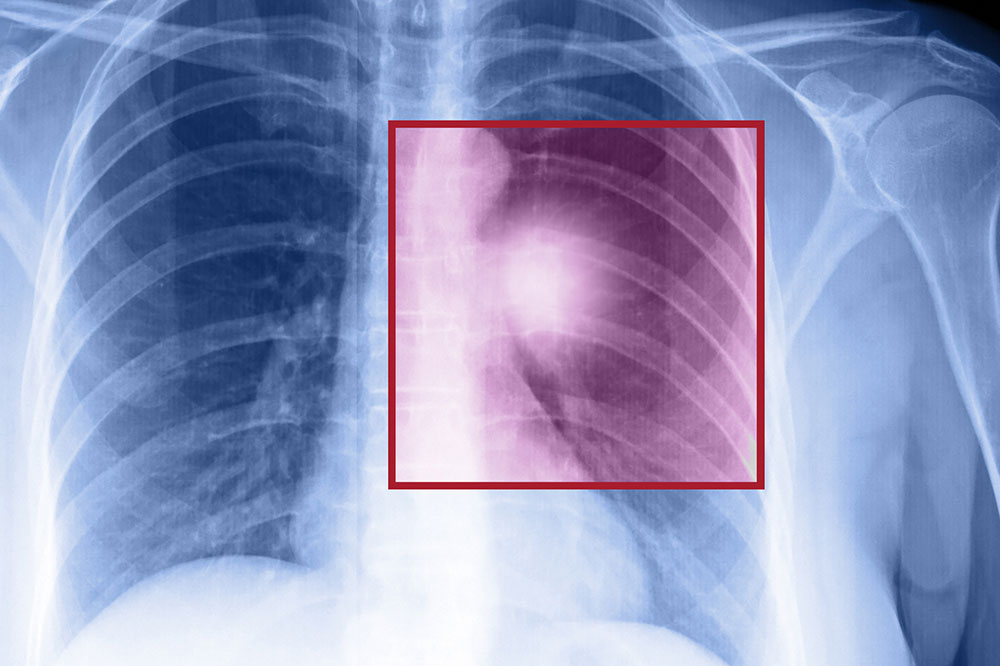Comprehensive Guide to Early Signs and Detection of Esophageal Cancer
This comprehensive guide provides essential information on early signs and detection methods of esophageal cancer. It highlights risk factors, symptoms such as difficulty swallowing and chest pain, and emphasizes the importance of routine screening for high-risk groups. Early diagnosis through endoscopy, imaging, and biopsy can significantly improve treatment outcomes and survival rates, making awareness and proactive screening critical in managing this potentially deadly disease. Understand how to recognize warning signs and take preventive steps for better health outcomes.

Comprehensive Guide to Early Signs and Detection of Esophageal Cancer
Esophageal cancer accounts for roughly 1% of all cancer cases diagnosed across the globe, but despite its relatively rare occurrence, it poses significant health risks due to its often late presentation and challenging prognosis. Annually, approximately 17,000 adults are diagnosed with this disease. The etiology of esophageal cancer remains complex and multifactorial, with research indicating a combination of genetic, environmental, and lifestyle factors contributing to its development. Recognizing the risk factors and understanding the importance of early detection can markedly influence treatment success and survival rates.
Although the precise causes are not fully understood, certain lifestyle habits and medical conditions substantially increase the risk of developing esophageal cancer. Conditions such as Gastroesophageal Reflux Disease (GERD) can irritate the esophageal lining over time, leading to changes known as Barrett’s esophagus, which is a known precursor to esophageal adenocarcinoma. Excessive alcohol consumption and smoking are well-established risk factors, contributing to cellular mutations in the esophagus. Other predisposing factors include achalasia—a motility disorder affecting the esophageal muscles, tylosis—a rare inherited skin disorder associated with increased esophageal cancer risk, and Paterson-Brown Kelly syndrome, also called plummer-vinson syndrome, characterized by esophageal webs and iron deficiency anemia. For individuals with these risk factors, routine screening and vigilant monitoring are highly recommended to enable early detection.
The initial symptoms of esophageal cancer can be subtle and often mimic other less severe conditions, which makes awareness crucial. A hallmark early sign is dysphagia, or difficulty swallowing, where patients experience the sensation of food sticking in the throat or chest. Small tumors or early-stage lesions can cause mild discomfort, but as the disease progresses, the narrowing of the esophageal lumen intensifies, leading to increased difficulty swallowing, often requiring softer foods or careful chewing. Some patients notice that they produce more saliva or experience a choking sensation when eating. Other early indications include persistent chest discomfort or pain that may be mistaken for acid reflux, unexplained weight loss, a chronic cough, hoarseness, or persistent hiccups—symptoms that warrant medical evaluation. In some cases, bleeding may occur within the esophagus, leading to dark or tarry stools, and in advanced stages, bone pain may develop secondary to metastasis.
Because early symptoms are often mild and nonspecific, proactive screening becomes a vital tool, especially for individuals with high-risk profiles. Those with conditions like Barrett’s esophagus, a precancerous change often caused by prolonged acid reflux, or a family history of esophageal cancer, should undergo regular check-ups. Standard screening procedures include thorough physical examinations, endoscopy with biopsy, imaging techniques such as barium swallow X-rays, and advanced diagnostics like endoscopic ultrasound. Endoscopy allows direct internal visualization of the esophagus, enabling physicians to identify abnormal tissue areas, assess tumor size, and obtain tissue samples for biopsy. Imaging tools help evaluate the extent of disease spread and rule out metastasis. Prompt detection at an early stage can significantly increase the likelihood of successful treatment, improve survival rates, and reduce the need for more invasive therapies. Therefore, awareness and early screening are vital components in the fight against esophageal cancer.





